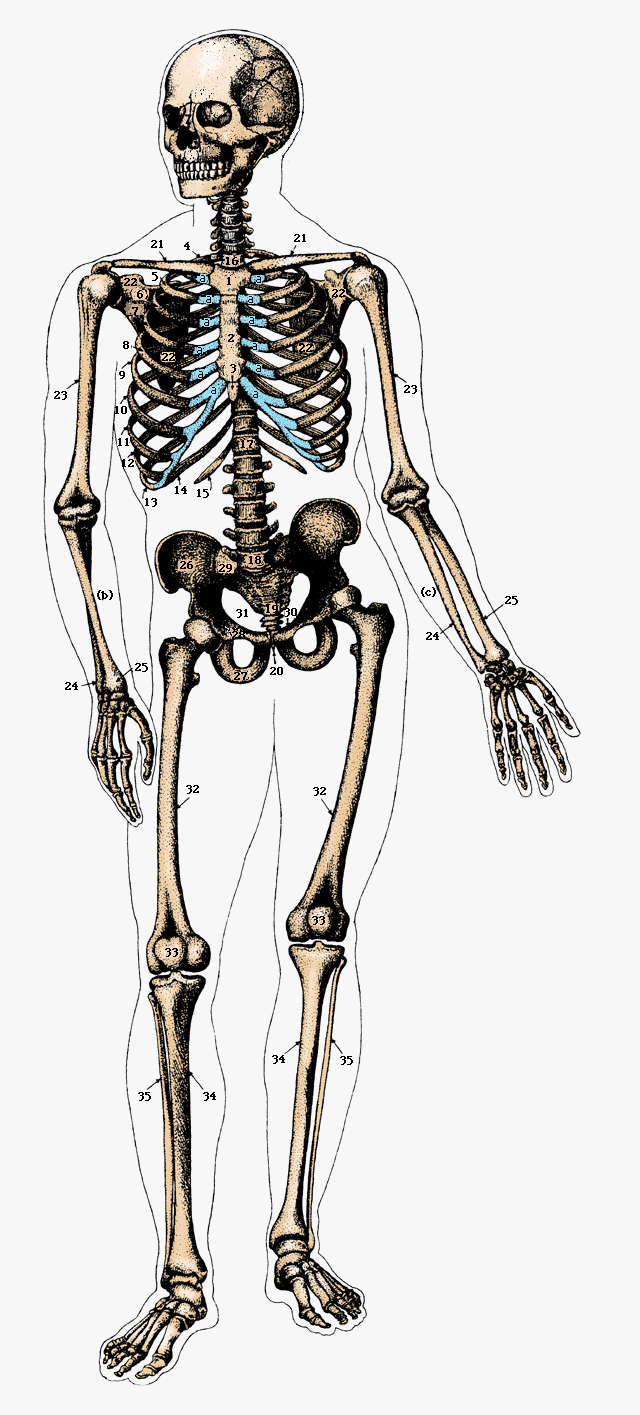The Mysterious Psoas Muscle!
"Picture a circus tent with its main pole and guide wires stabilizing the pole. The psoas muscle supports the spine as guide wires support a main tent pole." - Liz Koch, The Psoas Book
The psoas muscle is deep within the abdomen, so it is difficult at first to identify exactly where it is. The many functions of the psoas include: aiding in flexion and external rotation of the hip joint, and the bending and straightening of the trunk (i.e. all that bending over we do even though we know we shouldn't...).
If your psoas is very tight, it can contribute to lower back pain by compressing the lumbar discs.
But there are ways to stretch the psoas gently, starting with a simple rotation of the spine. Because the psoas attaches to the front of the vertebrae, just turning your upper body back and forth can give you a little psoas relief.
Can Pilates and Psoas Awareness help you? Join us at our community event and find out!
The Psoas: Mystery Muscle
Practicing Psoas Release
Did you know that a "psoas release" not only balances your spine and improves your posture but it also helps with digestion?
"It is the vital and dynamic interrelationship of the psoas with the diaphragm, organs, blood, and nerves that gives the psoas muscle a powerful unifying function." - Liz Koch
As the holidays approach, we know we will be eating more, traveling more, and exercising less.
Taking 5-10 minutes daily to pay attention to this very deep muscle can steer you away from aches and indigestion and keep you floating in holiday cheer.
Not only does the psoas muscle help us move our legs and torso, it also acts as a shelf-- providing support for the organs and viscera. According to Liz Koch, author of The Psoas Book, "The health, length and vitality of the psoas muscle affects organ functioning. Whether or not there is room within the pelvic bowel for the organs to rest comfortably and function normally is determined by the length and tone of the psoas muscle."
In other words, if your psoas is habitually tight or contracted, it may actually change the structural position of your skeleton. It can shorten the torso and leave less space available for your internal organs. Believe it or not, this can change your digestion and actually result in a sub-par nutritional absorption rate. It can make your body's job of absorbing nutrients from your food and eliminating waste significantly harder.
In order to help lengthen the psoas muscle, a good place to begin is constructive rest position. Lie on your back, preferably on a carpeted floor, with your knees bent and your feet flat on the floor. The feet can be about a foot away from your buttocks, but feel free to adjust to whatever is more comfortable for you. Some people like to put a bolster or a couple of large pillows under their knees for additional support. It may help to put a thin pillow, a folded towel, or even a paperback book under your head. Different people will have different relationships to the floor: don't worry about smushing your back flat into the floor, just allow the comfortable, natural curve of your spine to relax into comfort. Lying this way even a few minutes every day can help your psoas release and your body de-stress.
In Pilates we are asked to work the deep abdominals and the psoas to stabilize the trunk while the legs move in scissors or leg circle exercises. The deeper your connection and understanding of how the psoas functions, the stronger and more gracefully you can move. Join us at our next community event to learn ways to release and tone those deep mystery muscles that all your instructors are talking about.


























